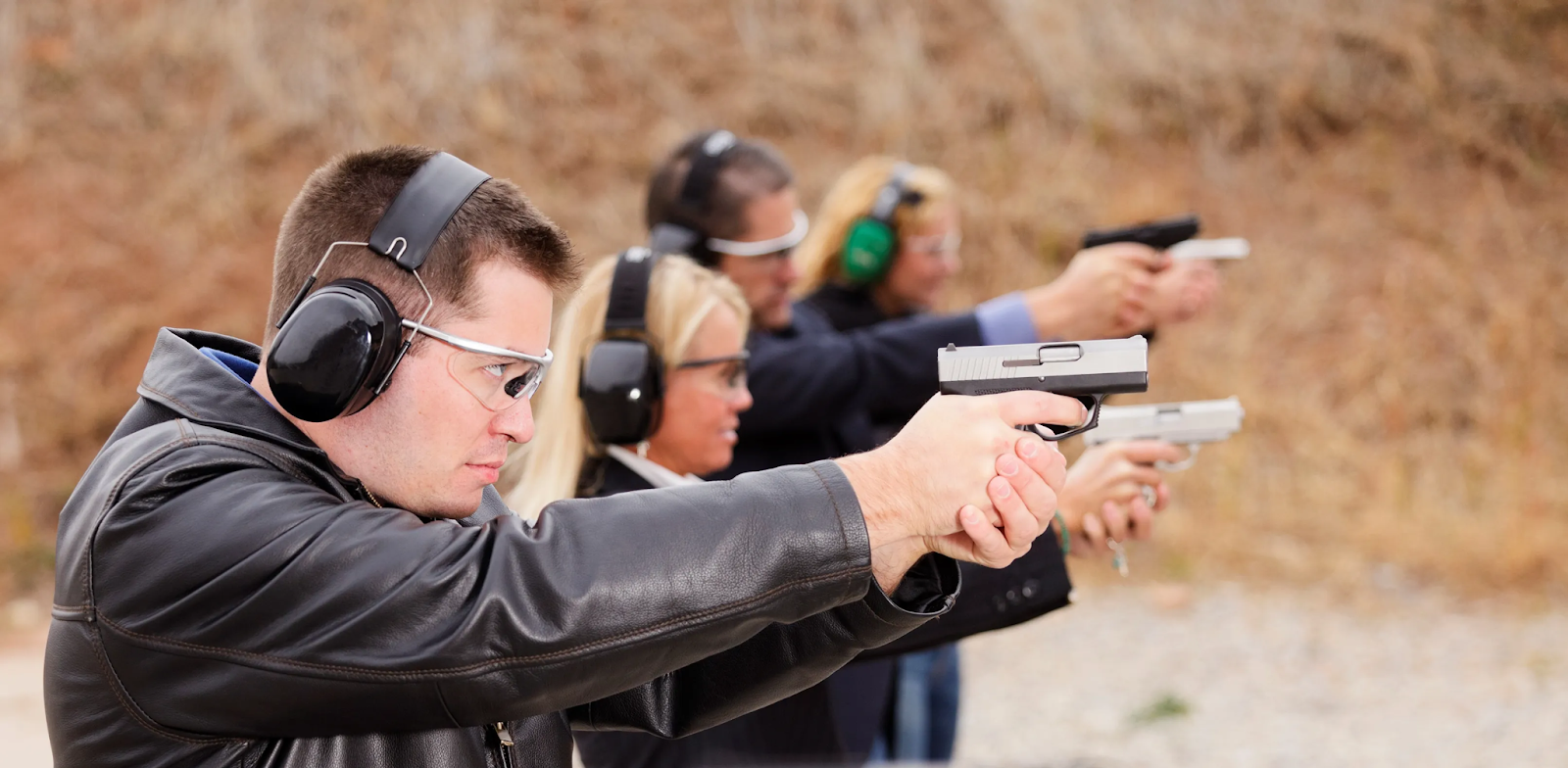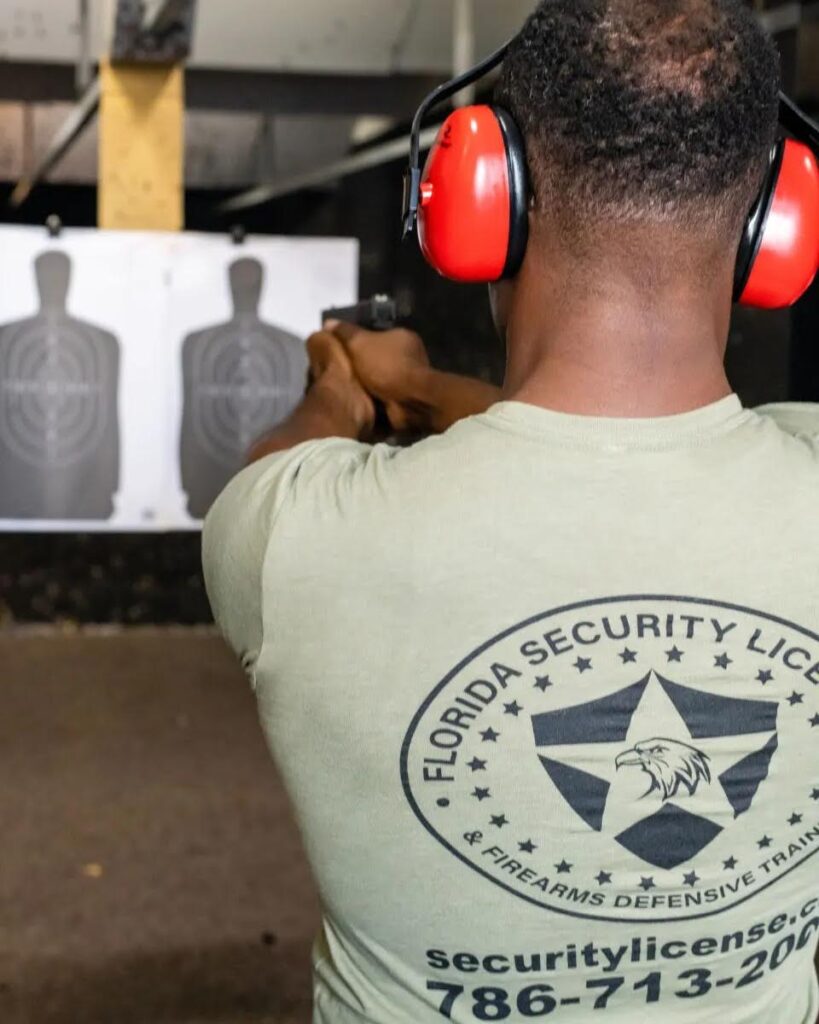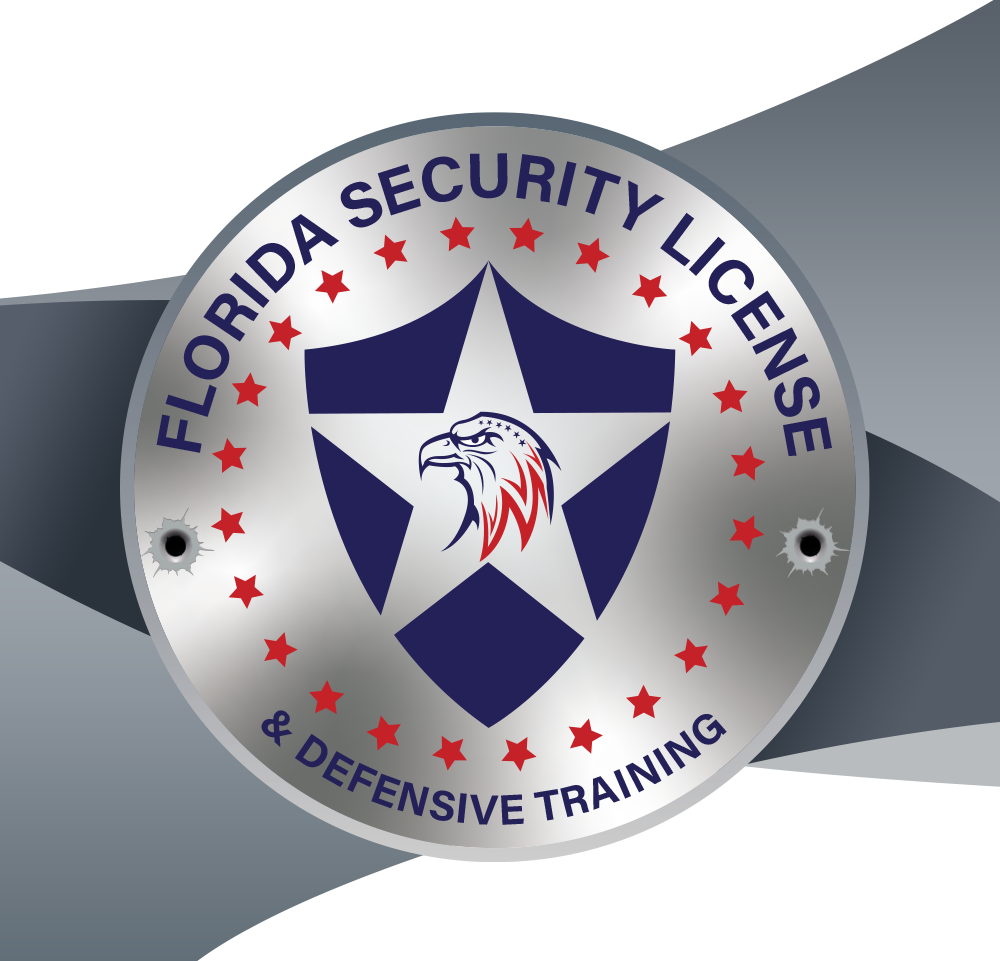A firearms safety training certificate serves as official proof that an individual has completed a structured course in responsible firearm handling, safe operation, and secure storage practices. This certification is often presented as a mandatory requirement for obtaining a firearm license, qualifying for armed security license courses, or legally carrying a firearm in many states. It ensures that firearm owners are well-versed in both the mechanical operation of firearms and the legal obligations associated with ownership.
For those pursuing careers in law enforcement, private security, or personal protection, completing firearms safety training is an essential step in meeting state and local compliance regulations. Many states require individuals working in armed security positions to undergo specialized firearm license classes before they can legally carry a weapon on duty. Additionally, obtaining this certificate provides peace of mind for responsible gun owners, reinforcing best practices for handling, storing, and using firearms safely in any situation.

Steps to Get a Firearms Safety Training Certificate
1. Research State and Local Requirements
Before enrolling in a course, it’s crucial to understand the specific regulations other requirements governing firearms safety training in your state. Requirements can vary widely, with some states mandating a set number of training hours, live-fire practice, or coursework covering legal responsibilities, firearm mechanics, and situational awareness. Ensuring that your chosen program meets these criteria is essential for obtaining a valid firearms safety training certificate.
For instance, in Florida, the Department of Agriculture and Consumer Services establishes guidelines for the training necessary to qualify for a concealed carry license. Approved courses often include classroom instruction on self-defense laws, firearm handling, and safety protocols, followed by live-fire training to demonstrate proficiency. Prospective gun owners and security professionals seeking certification should verify that their selected firearm license classes align with state and district-specific requirements to ensure compliance and a smooth certification process. For the most up-to-date requirements, always refer to official state regulatory websites like fdacs.gov.
- Choose a Certified Training Course
To ensure compliance with state regulations, select a program online class that is accredited and taught by certified instructors. Options include:
- Local law enforcement agencies
- Community colleges and universities
- Private firearm license classes
- Online or hybrid training programs
Make sure your selected training material covers topics such as firearm safety training, responsible storage, and legal considerations for gun ownership.
- Complete the Training Program
Most training courses include both classroom instruction and practical demonstrations. The coursework typically covers:
- Firearm operation and mechanics
- Safe handling and storage
- State and federal firearm laws
- Live-fire exercises (if required)
Some states may require a written exam or an in-person evaluation to demonstrate proficiency.
- Pass the Final Assessment
To receive certification, participants must successfully complete a written test and, in many cases, a practical assessment. The practical portion often involves demonstrating firearm handling, accuracy, and safe storage techniques under the supervision of a licensed instructor.
- Obtain and Use Your Certificate
Upon passing the required tests, participants receive their firearms safety training certificate, which can be used when applying for a firearm license, security jobs, or private firearms training. Keep a copy of the certificate for future reference, as it may be required for employment or legal firearm purchase or ownership.
Where to Find Firearms Safety Training Courses
There are many options for firearms safety training, depending on your location and preferred learning style.
Law Enforcement Agencies
Many police and sheriff’s departments provide free firearms safety training courses designed to educate civilians and professionals on responsible firearm handling. These programs often cover critical topics such as gun safety rules, proper storage, legal considerations, and live-fire training. Law enforcement-led courses ensure that participants receive instruction from experienced professionals with real-world firearm expertise.
For example, the Citrus County Sheriff’s Office offers an introductory gun safety class, which includes hands-on firearm handling and live-range exercises to help participants develop confidence and proficiency. Such courses are an excellent option for individuals looking to obtain a firearms safety training certificate, whether for personal or family defense, hunting, or to meet state licensing requirements. For more details on course availability and enrollment, visit official department websites like sheriffcitrus.org.
Certified Firearms Instructors and Private Training Facilities
For those seeking private firearms training, many accredited organizations provide in-depth courses. Florida Firearms Training, for instance, offers basic to advanced tactical courses for handguns. (floridafirearmstraining.com)
Online Firearm Safety Courses
Some organizations offer online courses, covering essential firearm safety principles. While these programs provide convenience, check to ensure they meet local certification and registration requirements. The American Firearms Training platform offers Florida-approved gun safety courses. (gun-safety.com)
Community Colleges and Educational Institutions
Some educational institutions integrate firearms safety training into their curriculum, offering structured programs designed for individuals pursuing careers in security, law enforcement, or private firearms training. These courses provide a comprehensive learning environment, covering essential topics such as firearm mechanics, legal considerations, conflict de-escalation, and hands-on shooting practice.
For those enrolling in a security license course, these programs offer foundational knowledge and practical skills needed for firearm license classes and certification requirements. Many colleges and technical schools collaborate with law enforcement agencies to ensure their training meets state and most federal law and safety standards, making them an excellent option for those seeking firearms safety training in a formal academic setting.
Conclusion
Obtaining a firearms safety training certificate is a critical step toward responsible firearm ownership and professional qualifications. Whether required for a security license course, firearm license classes, or personal safety, the completion and completing an accredited training program ensures that individuals understand firearm operation, legal compliance, and best safety practices.
By choosing a reputable training provider and following state regulations, you can obtain the necessary certification for legal firearm handling. Take the first step today to register and enroll in a certified firearms safety training program.
FAQs
Is a background check required for training?
A background check is typically not required to enroll in firearms safety training, but it may be necessary for obtaining a firearm permit or license. Some training providers, especially law enforcement agencies, may request background checks for participants.
How long does certification last?
The duration of validity varies by state. Some firearms safety training certificates do not expire, while others may require periodic renewal or additional training. Always verify your state’s renewal policies.
Can I get certified without owning a gun?
Yes, many firearm license classes provide rental firearms for training. This allows individuals to complete their certification before purchasing a personal firearm.
Does this certificate allow me to carry a firearm legally?
No, a firearms safety training certificate is proof of completion but does not grant legal authorization to carry a firearm. Additional permits, such as a concealed carry license, must be obtained separately.


